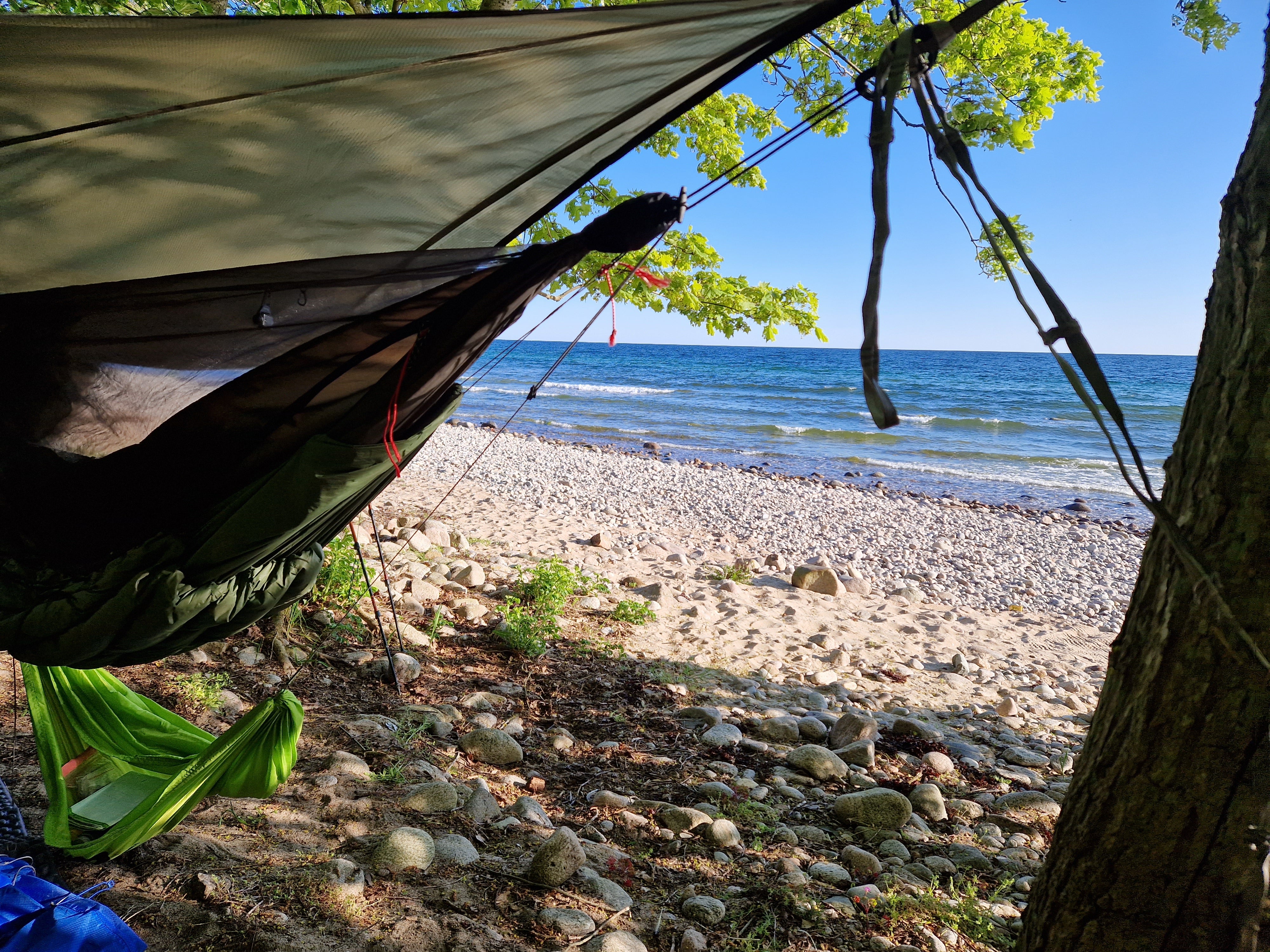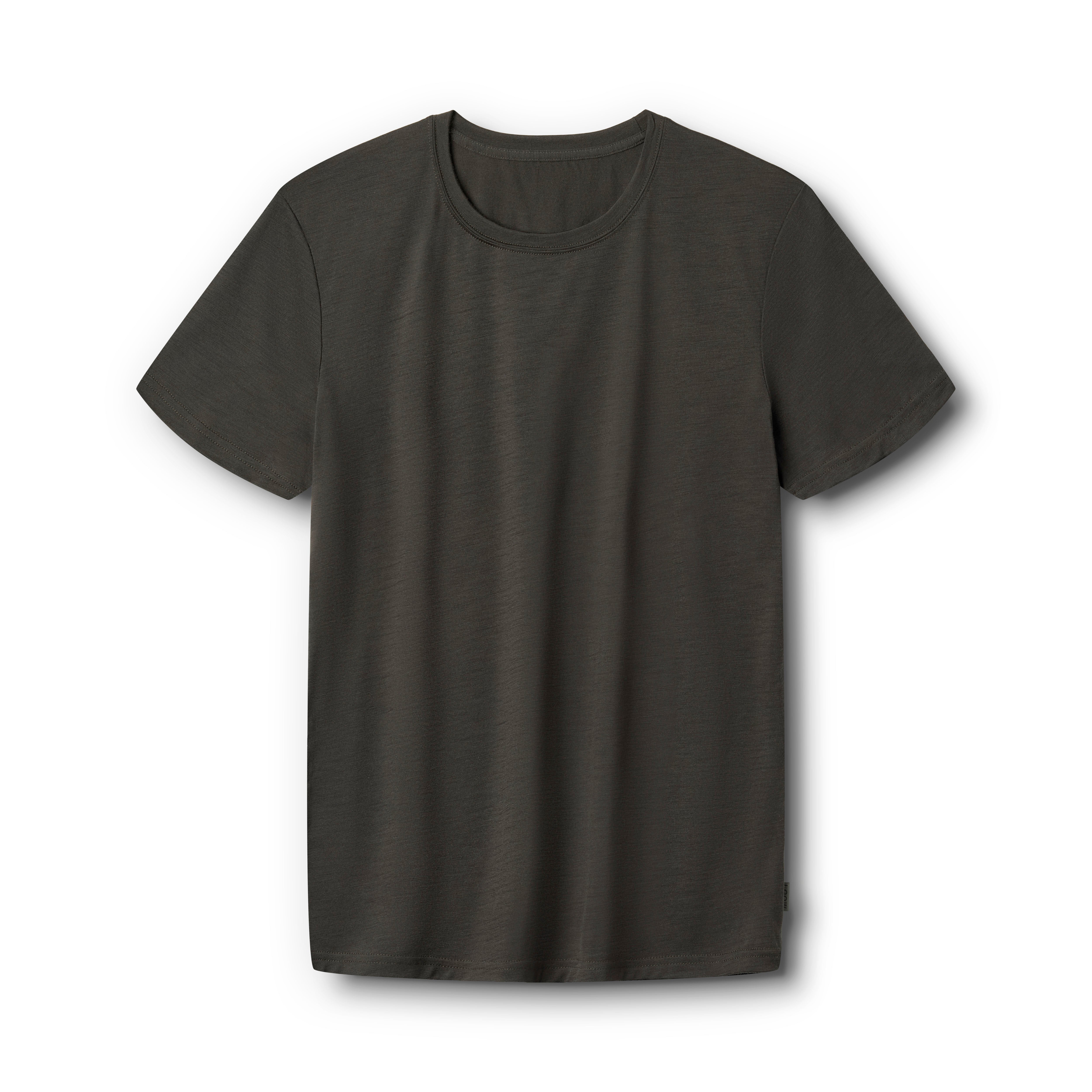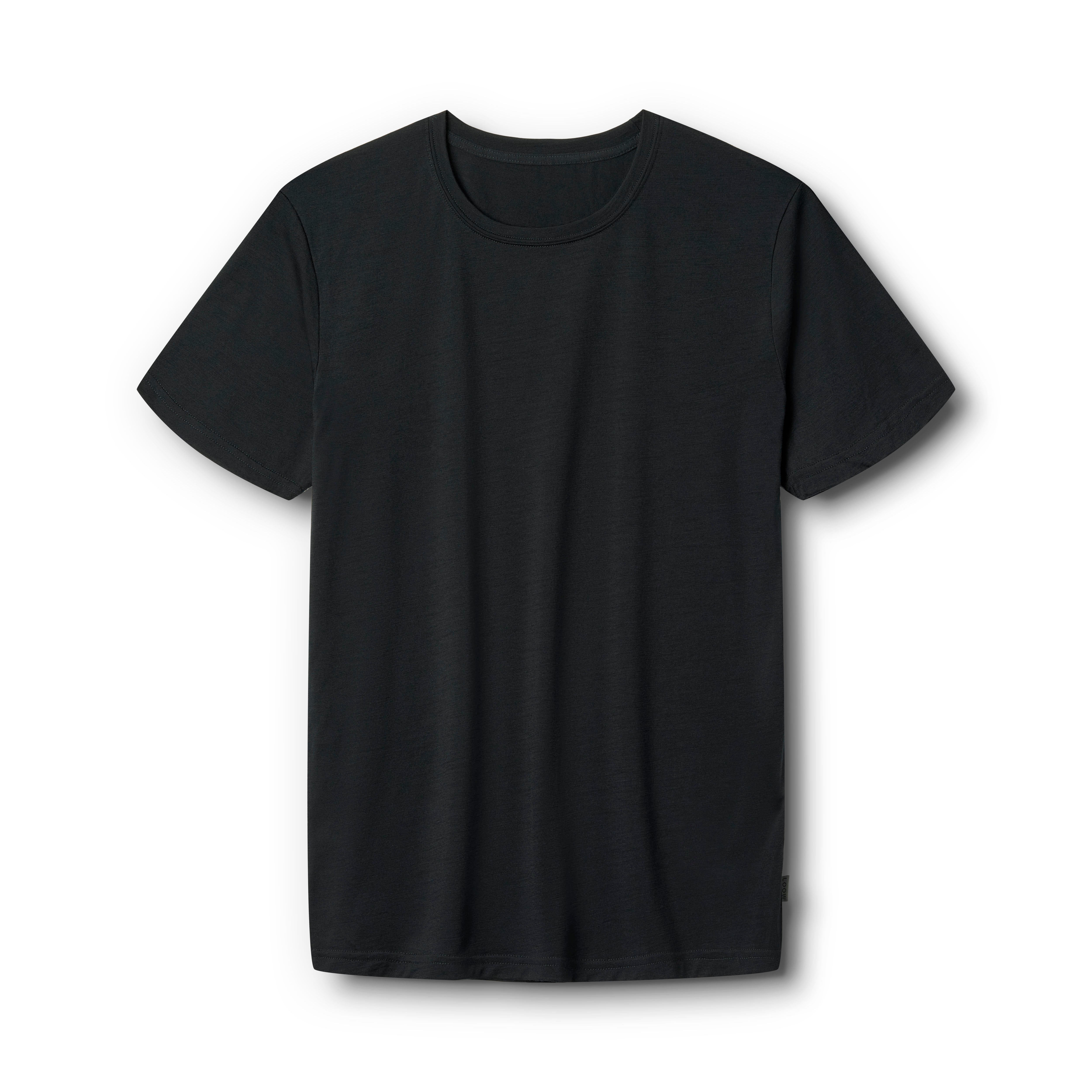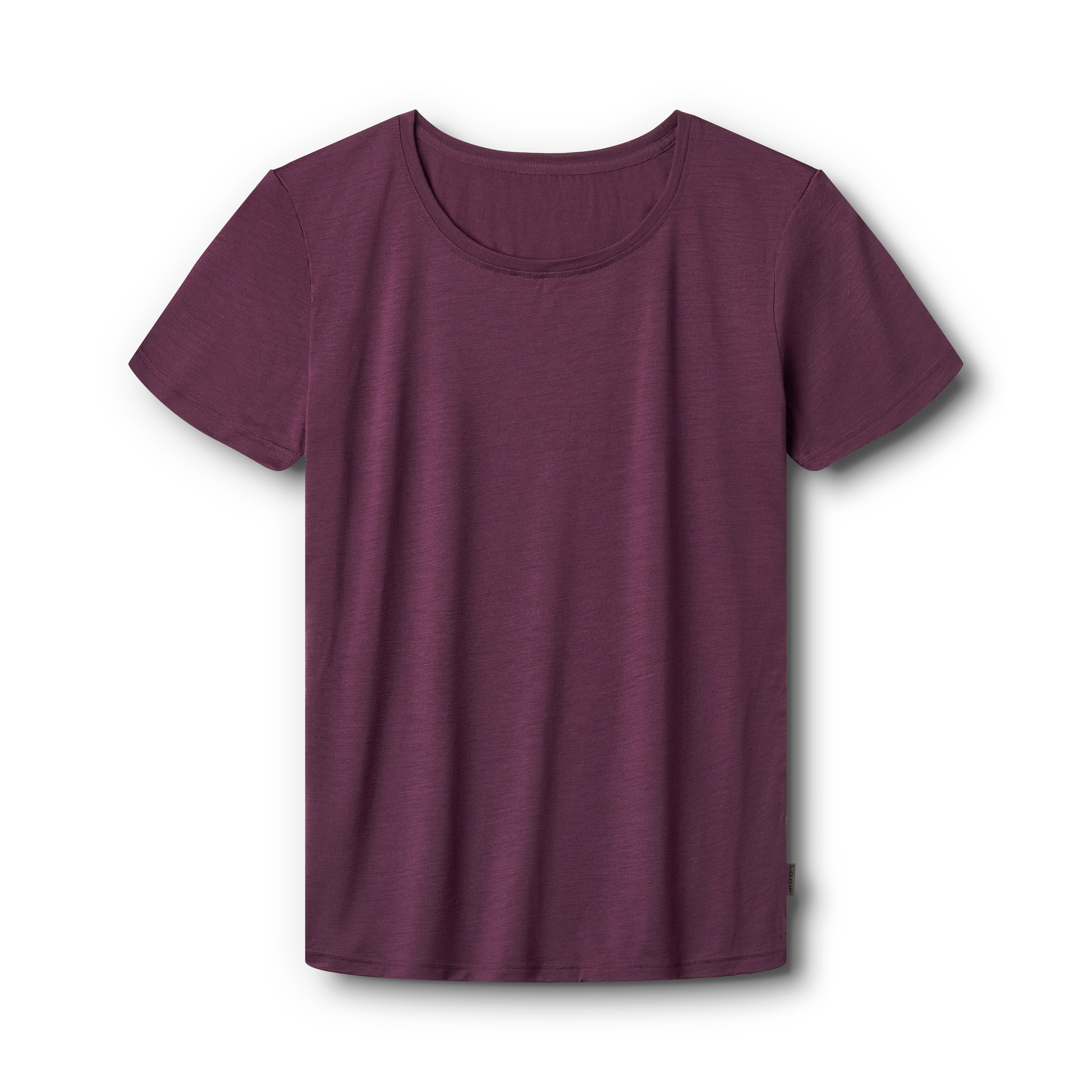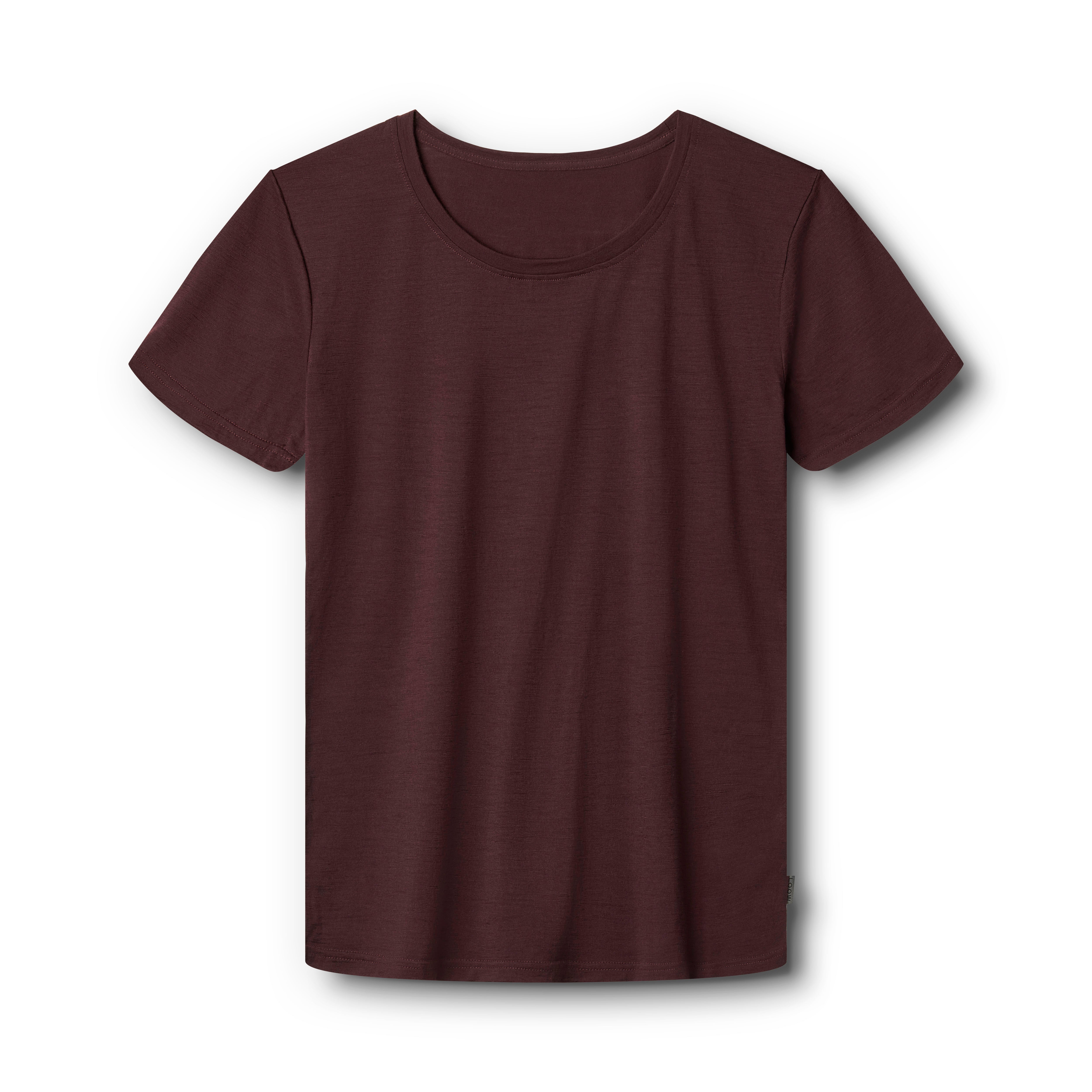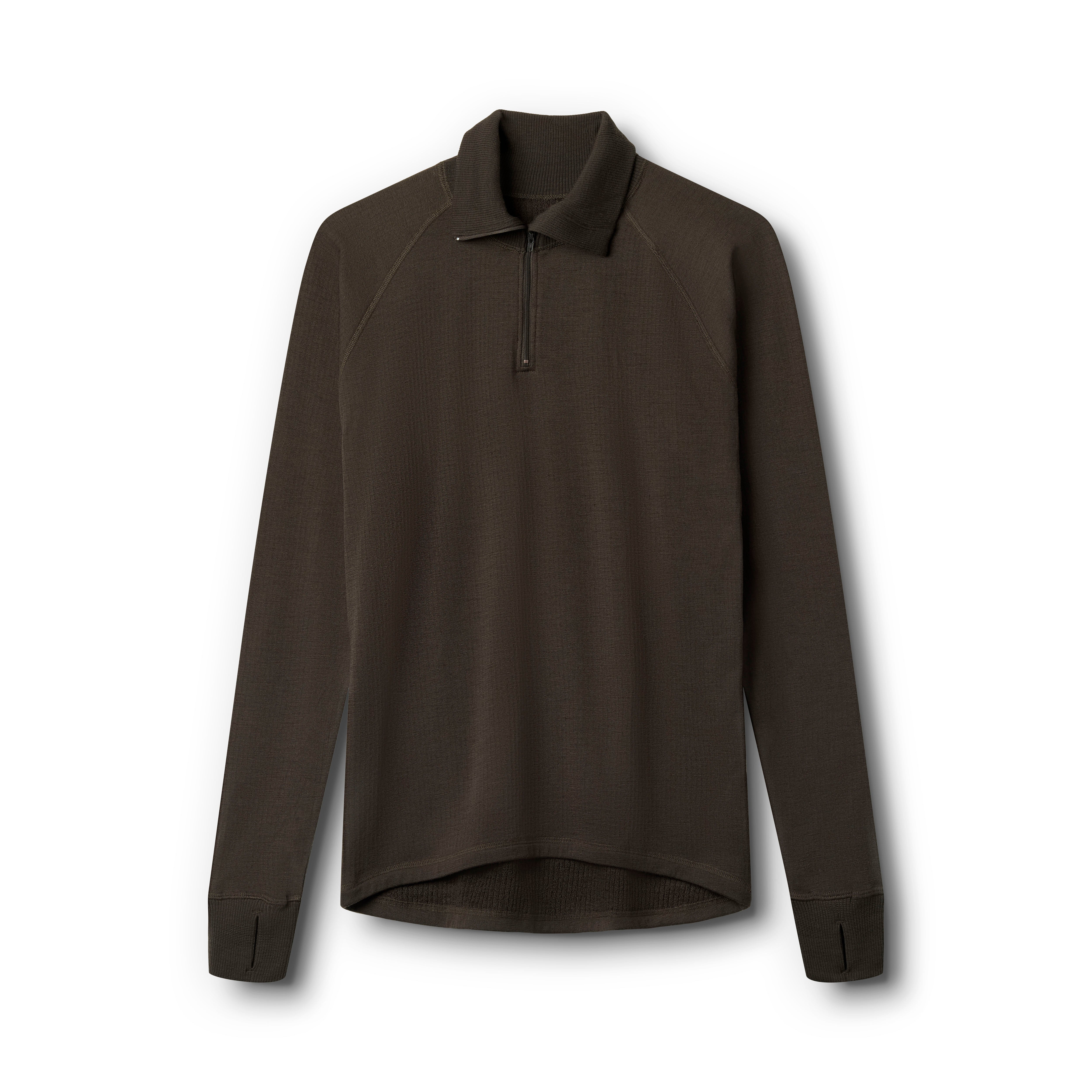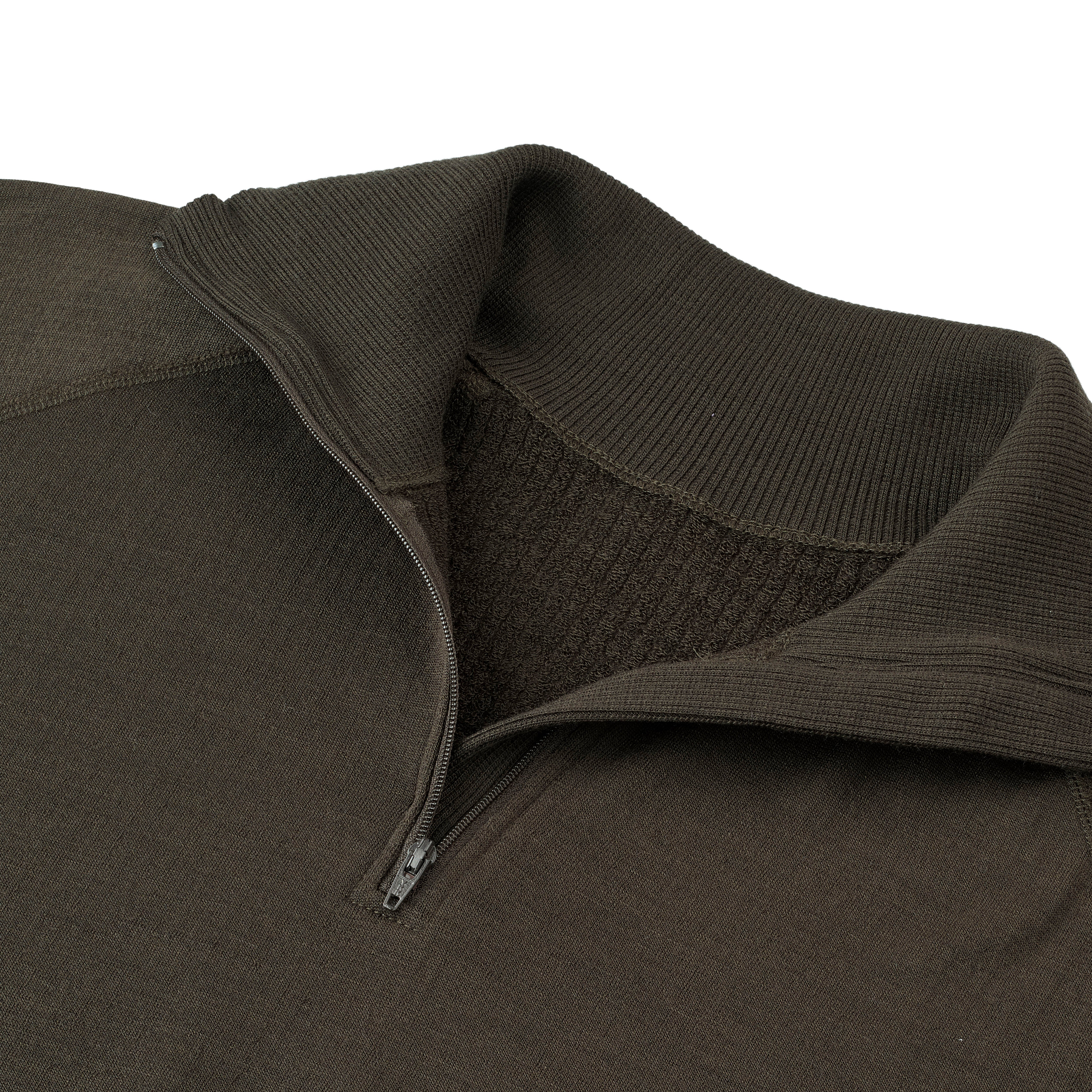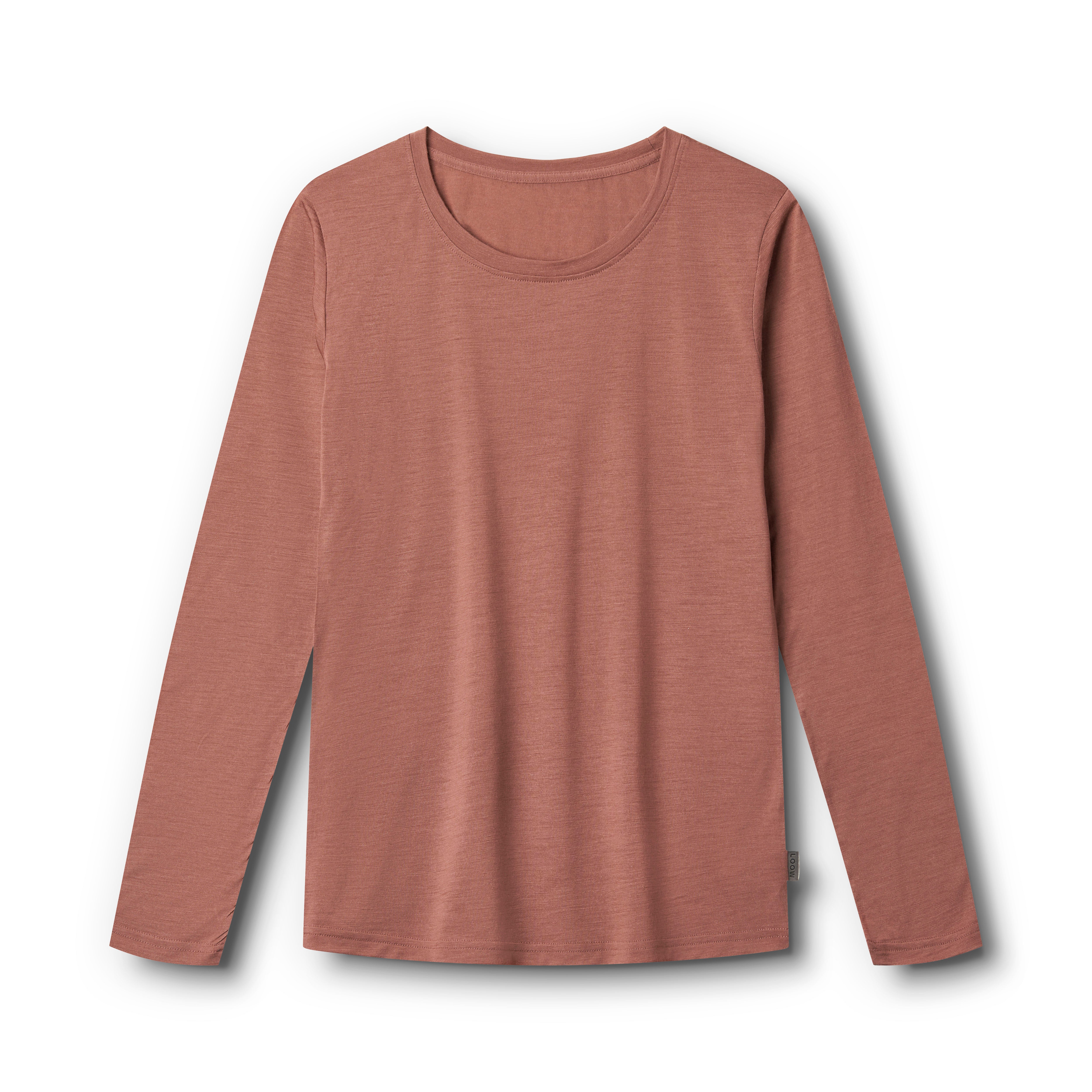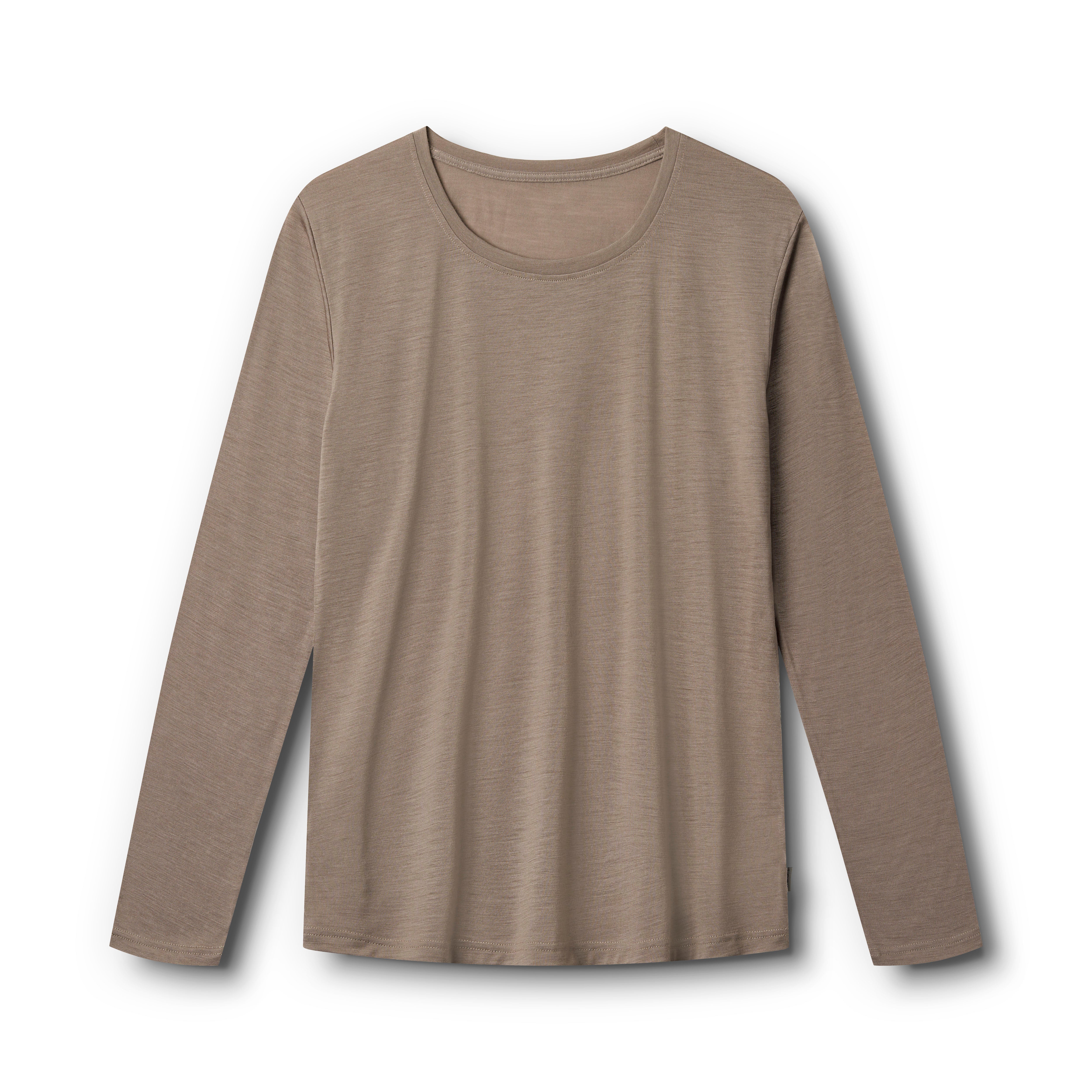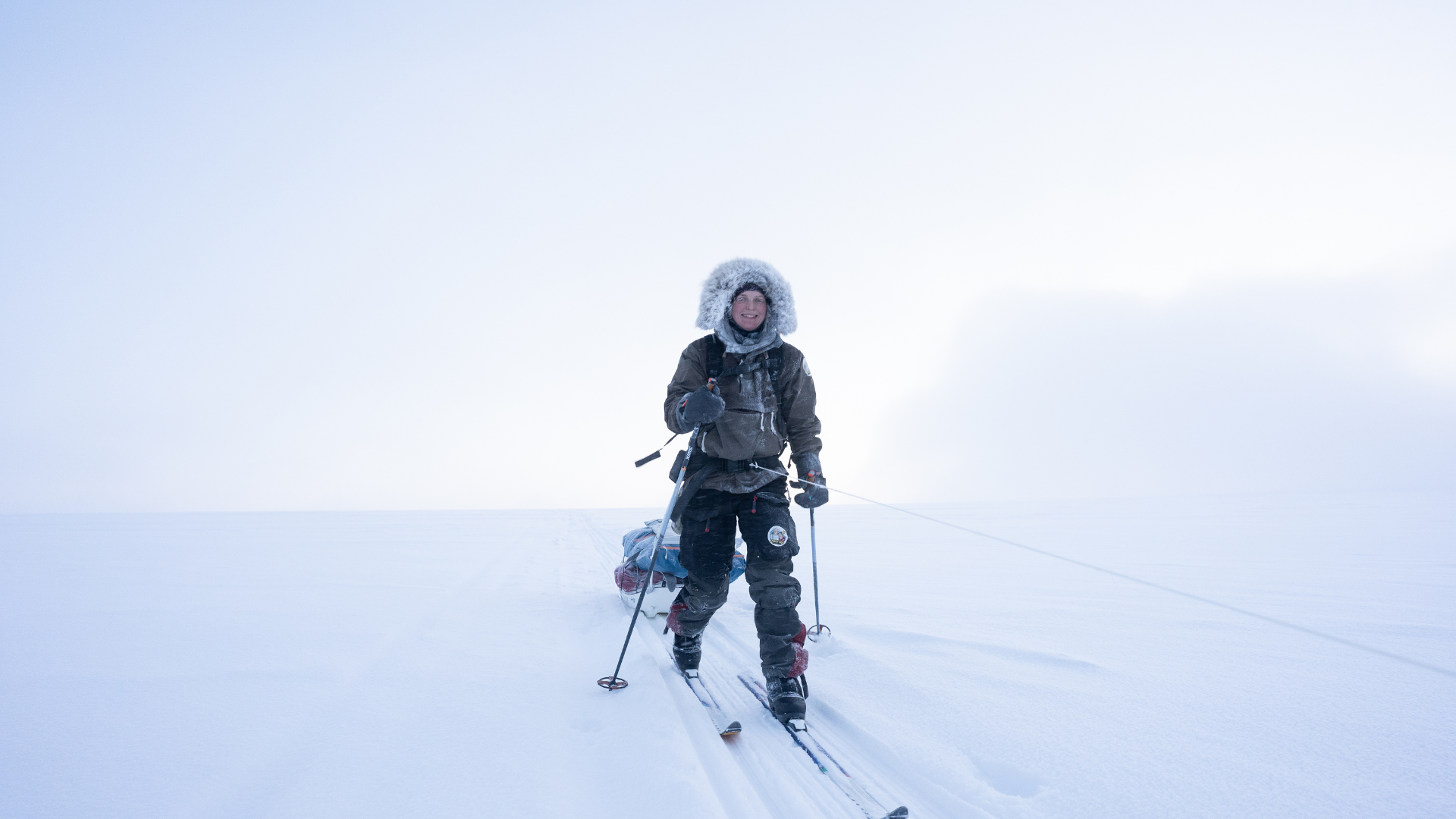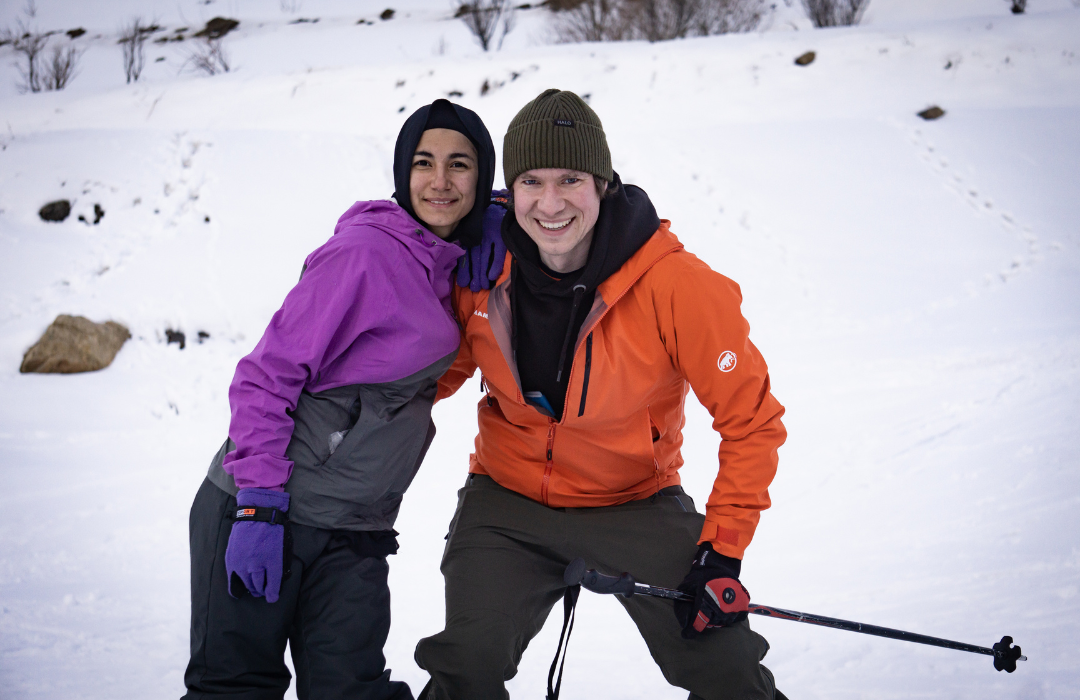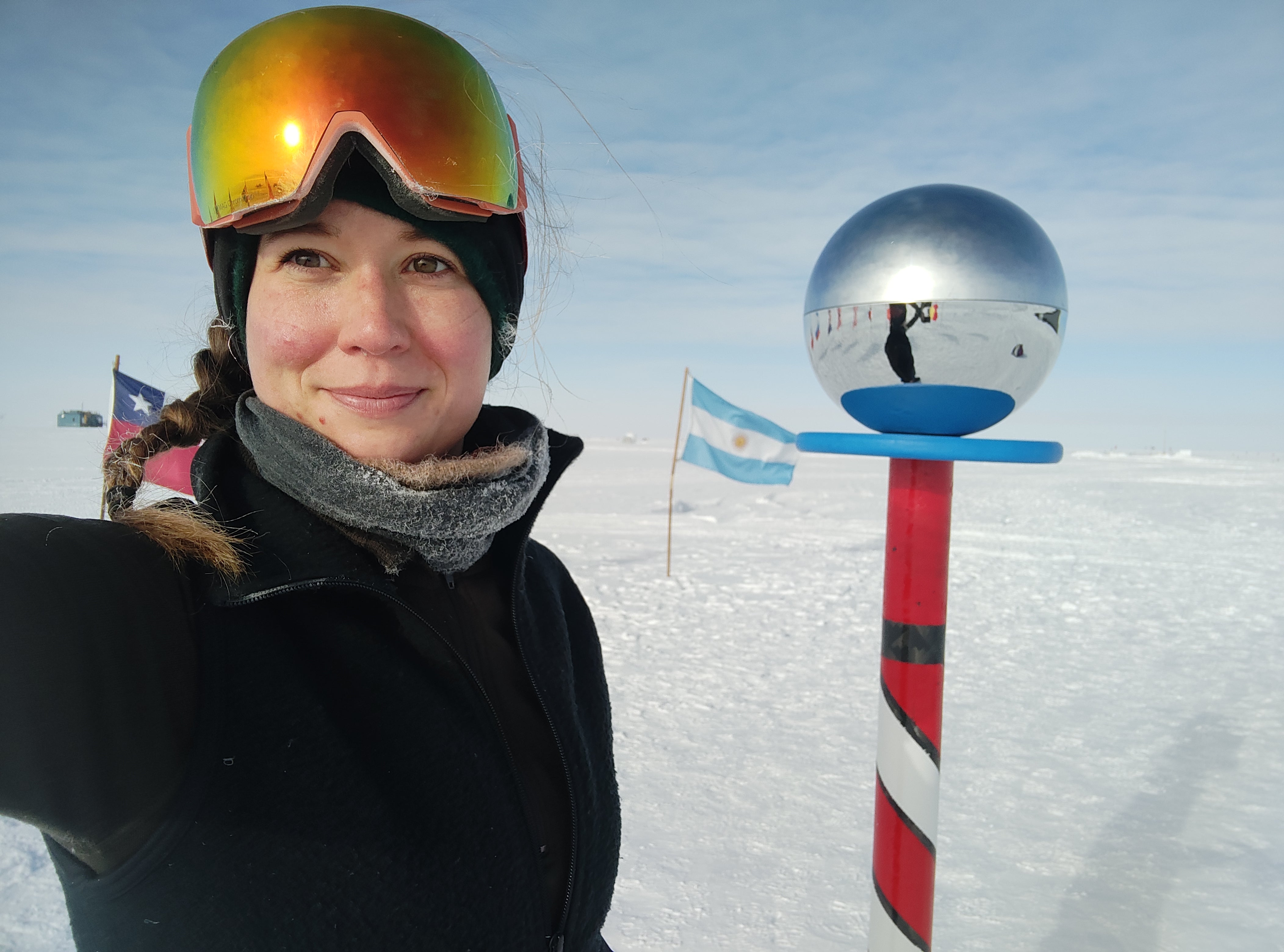Charlotte and Ole are planning to hike from Skagen to Agger in Denmark during their summer vacation. Read about their thoughts and experiences before their trip.
When it comes to hiking, the wish list is long. Back to the Fishermen's trail, actually the entire coast of Portugal is on the wish list, Cami de Chavall, Alpe Adria trail, South West Coast trail, Siljan leden, and many more tempting routes around Europe. Even though the list is long, lovely little Denmark is always on the list. The changing of seasons, forests, heaths, sea, fjords, and lakes always have something wonderful to offer.
One evening, as we once again find ourselves poring over hiking routes, Ole suggests, "What if we walked the entire journey from Skagen to Agger?" Charlotte's immediate response is, "Absolutely, let's do it!" And so, from the spark of an idea to the planning phase, it doesn't take long, and our summer vacation begins to take shape. We are excited to have Lady, our small Swedish farm dog, joining us on this adventure. The planning process is underway, and we both thoroughly enjoy this stage; it adds to the anticipation and excitement of the upcoming trip. We delve into questions like where should we plan our route, how do we ensure proper provisioning, should we use hammocks or tents, how much time should we allocate, and how long will the entire trip take? These considerations keep us engaged and fuel our enthusiasm as we prepare for the journey ahead.

Who are we?
We, Ole (54 years old) and Charlotte (47 years old), have hiked quite a bit, but a 270-kilometer hike with hammocks is new for both of us. Ole has previously hiked in Greenland, so he has experience carrying everything on his back for an extended period. On the other hand, Charlotte has walked many routes of several hundred kilometers in both Spain and Portugal, so her experience lies in long-distance hikes. However, we both agree that the fewer kilograms we put in our backpacks, the more enjoyable the trip will be. We enjoy all the considerations that come with the trip. It's great when we come up with ideas to "travel lighter." "It's about equipment, ways to prepare food, and, of course, not bringing more than we need."
For both of us, hiking is a sanctuary. We enjoy being out in nature, observing, smelling, feeling, and listening - it's mindfulness at its best. Especially for Charlotte, over the years, she has used nature and hiking to find peace as she battles stress-related reactions and needs a lot of tranquility. Therefore, longer hikes have been the way forward for her to find more peace and balance.
Ole has slightly elevated blood pressure and had a triple bypass two years ago after a heart attack. "Fortunately, my stubbornness ensured that the operation didn't become a barrier to an active life, on the contrary." For him, the many hikes also have a positive effect on blood pressure and positively stress the heart.
In addition to being healthy for us, the journey from Skagen to Agger excites us because we get to experience the Danish West Coast together, get as close to nature as possible, enjoy the simple lifestyle, and have the opportunity to taste local specialties. The local fishmongers, in particular, are highly regarded. We plan the route using maps and apps like Topo GPS, Mapy.cz, and Google Maps. We plan based on a daily distance of 20-25 km.

What should we bring?
When it comes to packing our bags, we place particular emphasis on clothing and equipment. Whenever possible, merino wool is the preferred choice of clothing for both of us, as it is comfortable to wear regardless of whether it is hot or cold. It also has the advantage of not developing odors and dries quickly. Moreover, merino wool is lightweight and doesn't take up much space, which is important when packing light. When the weather is reasonable, we wear shorts and have long merino wool tights for cold evenings and to sleep in. The down/fiber jacket is usually always with us as it provides quick warmth and also doubles as a pillow in the hammock.
Food is also carefully considered. If water is available, oats, muesli, and dehydrated food are fantastic solutions. We make our own dehydrated meals as we enjoy cooking, and it's easy. But if we need to carry water for cooking, other food options can be just as good. Tortillas, sausages, and cheese, for example, are a fine solution. When we have the opportunity to buy provisions along the way, the menu varies a lot, and we can enjoy cooking meat over a campfire and have a portion of potato salad. Before we embark on the trip, we have a good understanding of the shopping possibilities so that we don't have to spend a lot of energy on it along the way.

We don't bring a lot of cooking equipment. We each have a spoon, a mug, and a small lidded container that we use as a plate. It can also be used for soaking and serves as storage during the trip. We both have a gas stove, burner, 900 ml titanium pot, a small knife, and biodegradable soap for dishwashing, laundry, body, and hair washing. So far, it has worked really well for us. Other items in our gear include a hammock, underquilt, topquilt, tarp, and a lightweight sleeping pad for breaks. Additionally, we have a few personal hygiene items. We both prioritize bringing a book as we enjoy reading a bit when we settle into the hammock.
The packing lists are continuously adjusted as new ideas and solutions arise. The weather is also determining what ends up in the backpack. Fortunately, we are constantly becoming more aware of how little we can manage with, and the lighter the backpack, the easier and more enjoyable the trip becomes.
If the Danish summer weather turns out to be unfavorable, we have a plan B in Northern Europe. We hope for the best and look forward to a beautiful trip in our lovely Denmark.

